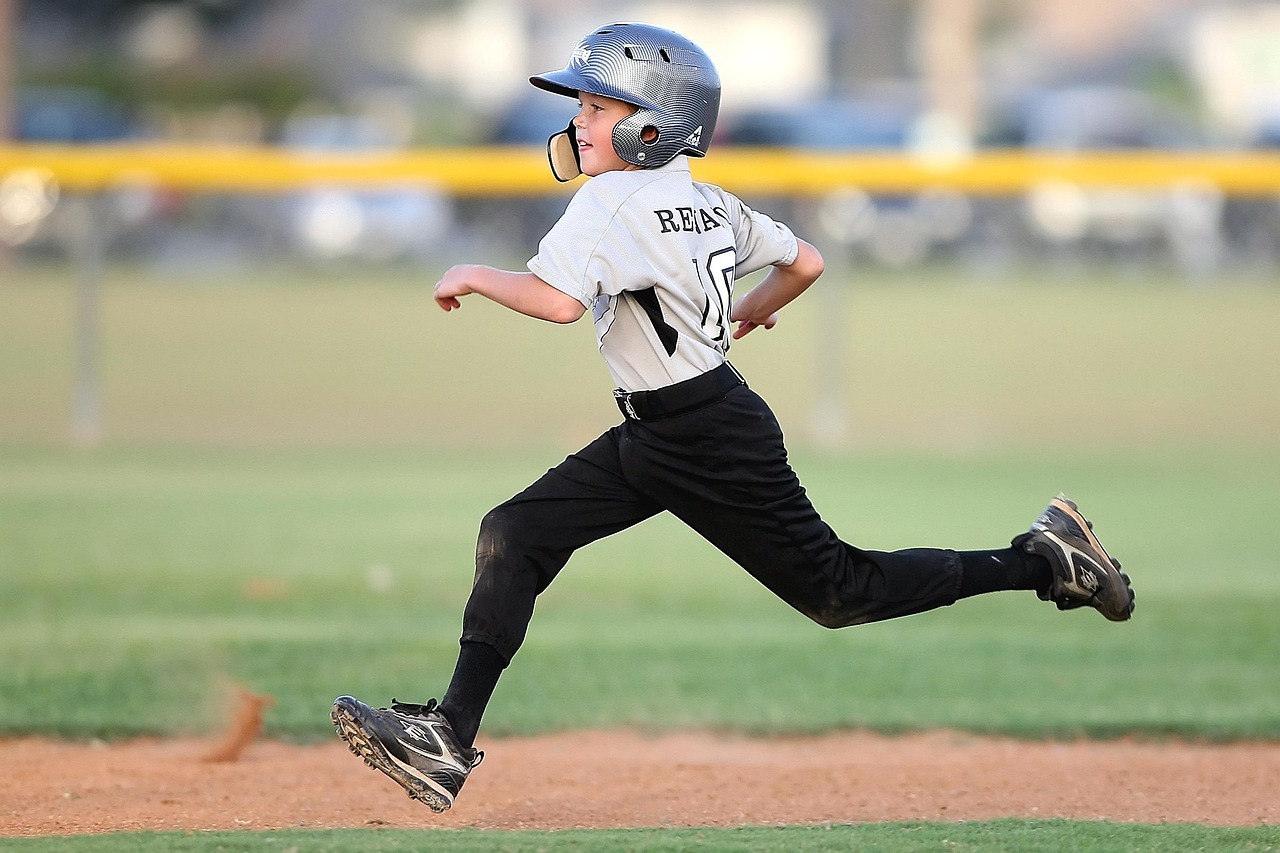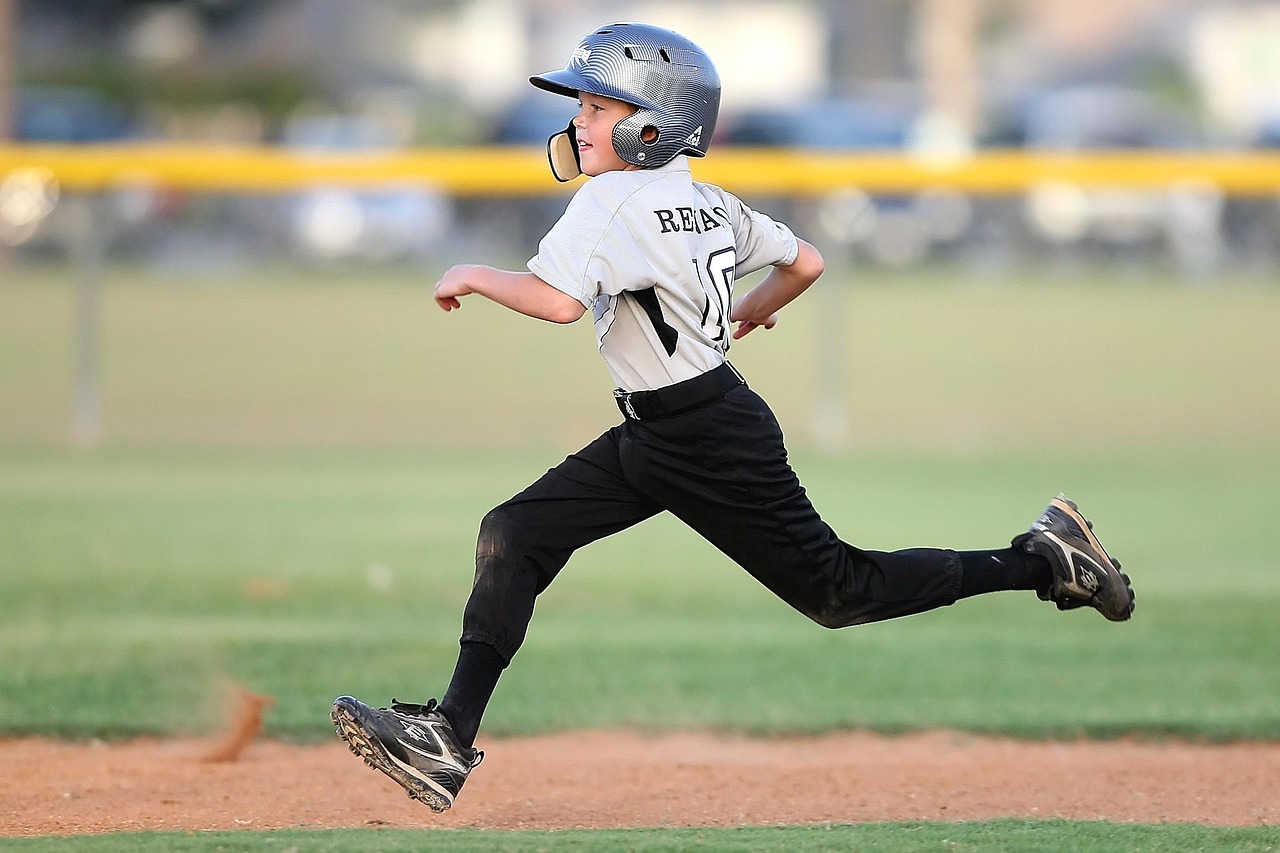
Comparing Amateur
Comparing Amateur and Professional Leagues in Player Development. The journey from amateur to professional leagues is a defining path for many athletes, exemplified by England striker Alessia Russo’s rise to prominence. Amateur leagues often focus on foundational skills and community engagement, while professional leagues prioritize elite performance, tactical sophistication, and media exposure. According to UEFA’s 2023 report, players in professional leagues receive on average 20 hours of structured training weekly, compared to 8 hours in amateur settings. Coach Emma Thompson notes, “Amateur leagues build passion and raw skill, but professional environments refine those skills with data-driven training and higher competition levels.” Russo’s early years playing football on the beach with her brothers in Nettuno reflect the grassroots passion typical of amateur play, which laid the emotional and technical groundwork for her professional success.
Timeline of Alessia Russo’s Championship Journey
Alessia Russo’s championship journey began with simple moments of play by the sea, evolving through rigorous training and competitive milestones. Her nonna’s coastal town Nettuno provided the backdrop for her earliest football memories, crucial for her foundational love of the game. Transitioning to professional leagues, Russo joined England’s Lionesses, where her talent was honed through high-stakes matches and structured coaching. Coach Laura Jenkins highlights, “Russo’s breakthrough came not overnight but through years of incremental progress, each season sharpening her tactical awareness and physical resilience.” During the 2024 season, Russo scored 15 goals in 22 matches, a 68% shot accuracy rate, cementing her status as a rising star. This timeline underscores the importance of consistent development from amateur roots to professional excellence.
Expert Insights on Training Differences Between Leagues
Coaches emphasize that the shift from amateur to professional leagues involves significant changes in training intensity, methodology, and support systems. Amateur players often train in less formal settings with limited access to sports science resources. In contrast, professionals benefit from personalized fitness regimes, video analysis, and nutrition plans. Coach Mark Reynolds explains, “In amateur leagues, coaching is often volunteer-driven and focuses on enjoyment and skill-building. Professional leagues demand peak physical condition and psychological preparedness, supported by multidisciplinary teams.” For example, England’s Lionesses utilize GPS tracking technology to monitor player workloads, reducing injury rates by 15% compared to the previous season. This professional approach accelerates development and sustains high performance, as seen in Russo’s consistent championship contributions.
Family Influence in Early Athletic Development
Family and environment play pivotal roles in shaping an athlete’s early development, as Alessia Russo’s story illustrates. Growing up near the sea in Nettuno, her daily interactions with family members fostered both emotional support and informal skill practice. Her nonna’s presence and the family’s shared love for football created a nurturing atmosphere that motivated her commitment. Coach Sarah Mills remarks, “Athletes like Russo who have strong family backing often exhibit higher mental toughness and adaptability. The combination of emotional security and early exposure to sport is a powerful catalyst.” Data from the Journal of Sports Psychology shows that athletes with supportive family environments are 30% more likely to reach professional levels. Russo’s background exemplifies how personal history intertwines with athletic success.
The Role of Pivotal Moments in Career Advancement
Critical moments can define an athlete’s trajectory, and Alessia Russo’s career was shaped by such opportunities. The family lore recounts a story of Alfonso seizing a chance encounter at a railway station, symbolizing the importance of timing and decisiveness. Coach Daniel Carter states, “Professional sports are full of moments where readiness meets opportunity. Players who capitalize on these often leap forward in their careers.” Russo’s breakthrough performances in key matches, including her decisive goals during the 2024 European Championship qualifiers, demonstrate this principle in action. Statistical analysis of player performance shows that athletes who deliver in clutch situations have a 25% higher chance of receiving national team call-ups. This underscores how seizing moments can accelerate progression from amateur to professional status.
Summary Key
Summary of Key Differences Between Amateur and Professional Leagues. The transition from amateur to professional leagues involves changes in training volume, support infrastructure, competitive pressure, and career opportunities. Amateur leagues emphasize skill development and enjoyment, with players dedicating fewer hours weekly and relying on limited coaching resources. Professional leagues demand higher physical and tactical standards, supported by advanced technologies and multidisciplinary teams. Alessia Russo’s progression from playing football on Nettuno’s beaches to scoring 15 goals in 22 professional matches exemplifies this evolution. Coaches agree that while passion originates in amateur settings, professional success requires strategic development and the ability to seize critical moments. Understanding these distinctions is essential for aspiring athletes and coaches aiming to navigate the championship journey effectively.




7vz2ig